Justin Rotton | Arkansas Farm Bureau

A typical day for a rural fire chief is anything but routine. While many assume the role is mostly reactive — responding to emergency calls — Clint Bowen, fire chief of Pea Ridge, says otherwise.
“I don’t really know exactly what my day consists of because it’s just not the same every day,” Bowen said.
Bowen began his career as a volunteer with the Pea Ridge Fire Department in 1996 and has remained in Northwest Arkansas ever since. He credits 4-H for teaching him the importance of community service.
“It just always felt like I was helping somebody, and at the end of the day, I think that’s probably what I knew I wanted to do — just help people,” he said.
He starts his day early, checking in on his crew and identifying what they need to succeed. His responsibilities are broad, ranging from training and inspections to budgeting and planning for growth.
“Every new business or one that changes hands must have a full fire department inspection to get a certificate of occupancy — which is a big deal for a town this size,” he said.
Like many departments today, Bowen must stay mindful of both present and future needs.
“You have to think not just about what you need, but how you’re going to afford it,” he said. “If I needed a fire truck today — and we do — you’re looking at a three-year build time. Fire engines are now pushing a million dollars. I used to get an ambulance for $200,000; now they’re just under $500,000.”
Training is a key part of his day-to-day work. A nationwide change in the reporting system has taken up
much of his focus lately.
“It changes how all of our guys do reports and how we manage them. These are used to generate national statistics — fire-related fatalities, property damage and more,” Bowen said.
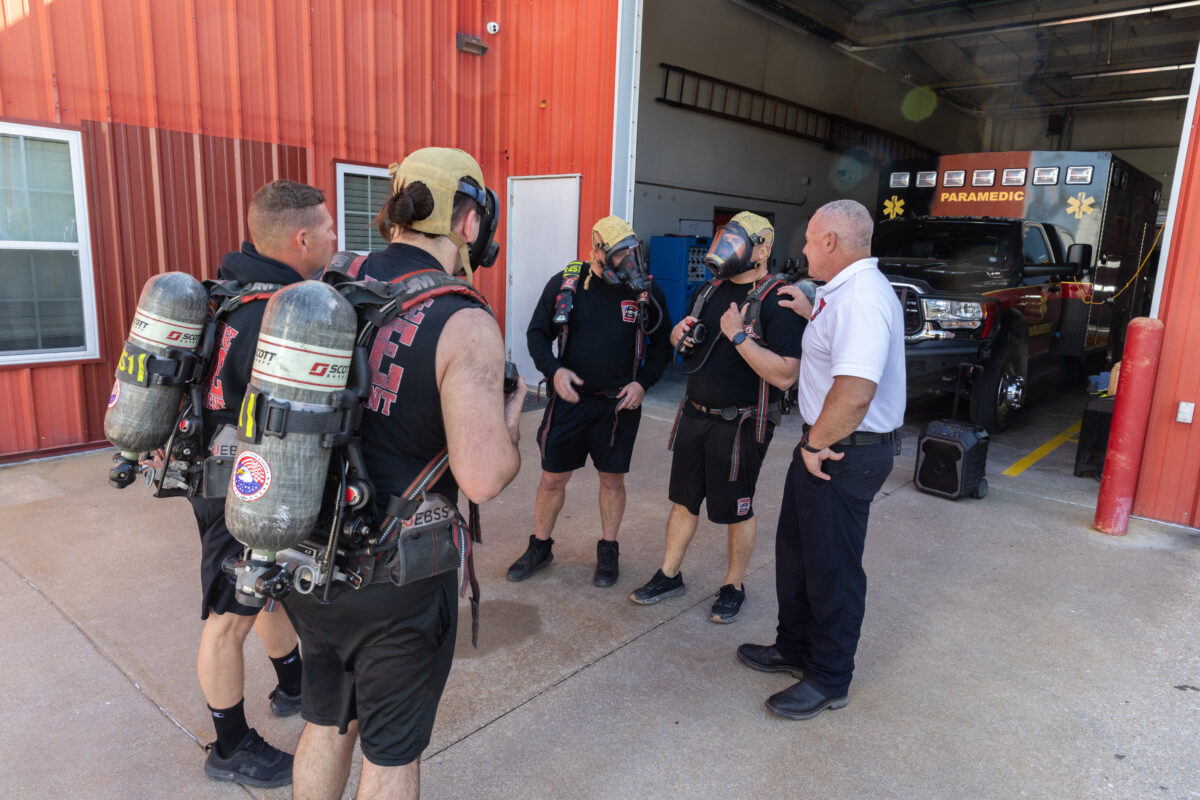
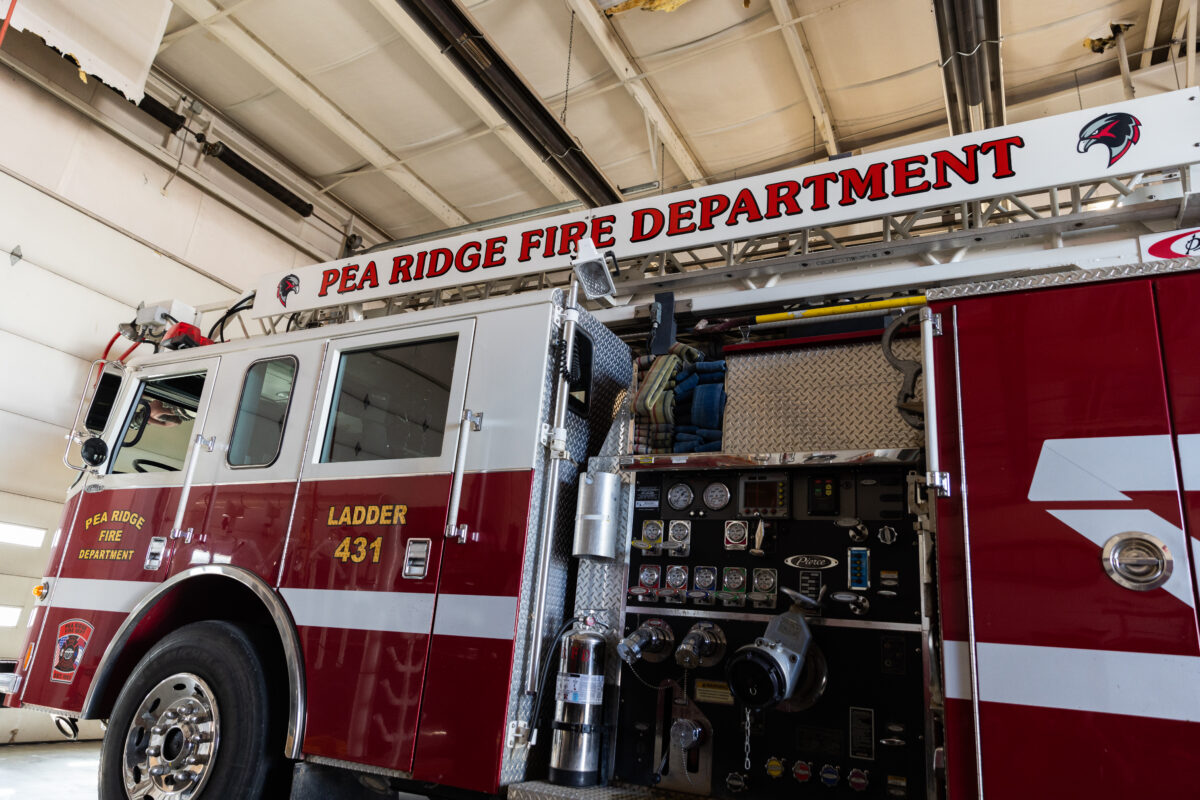
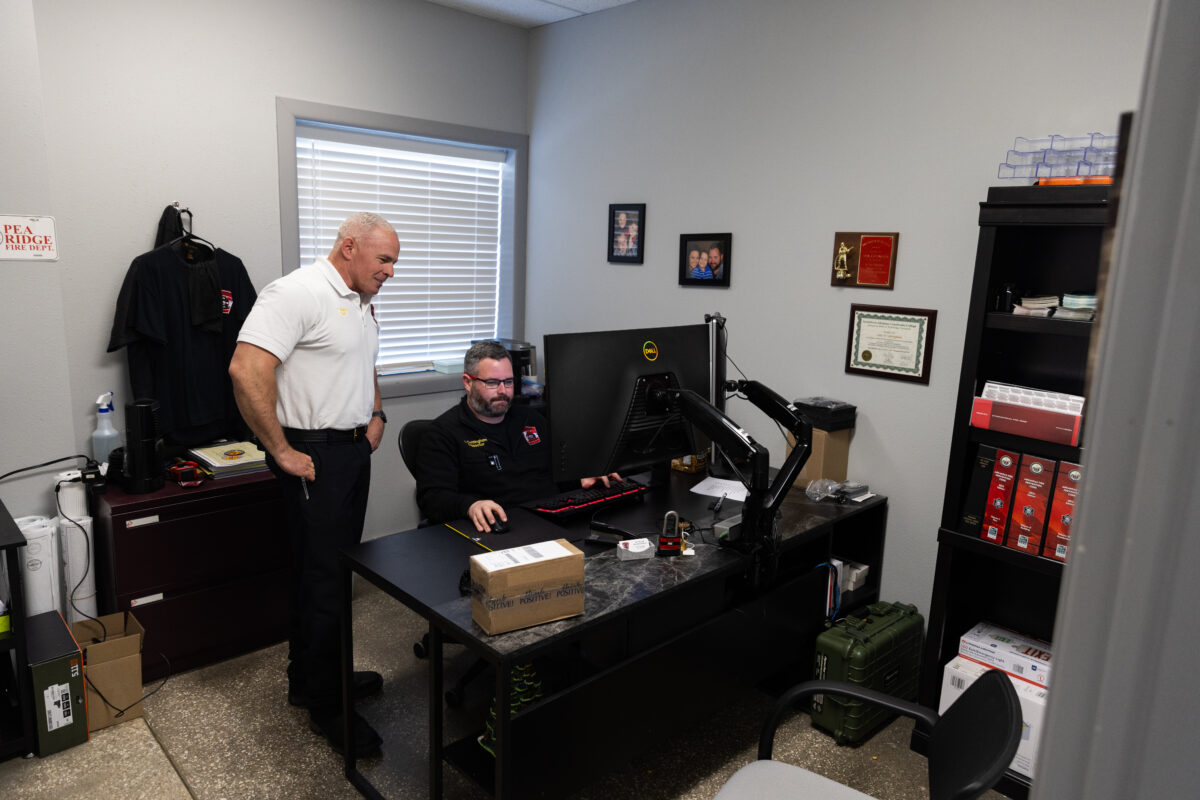
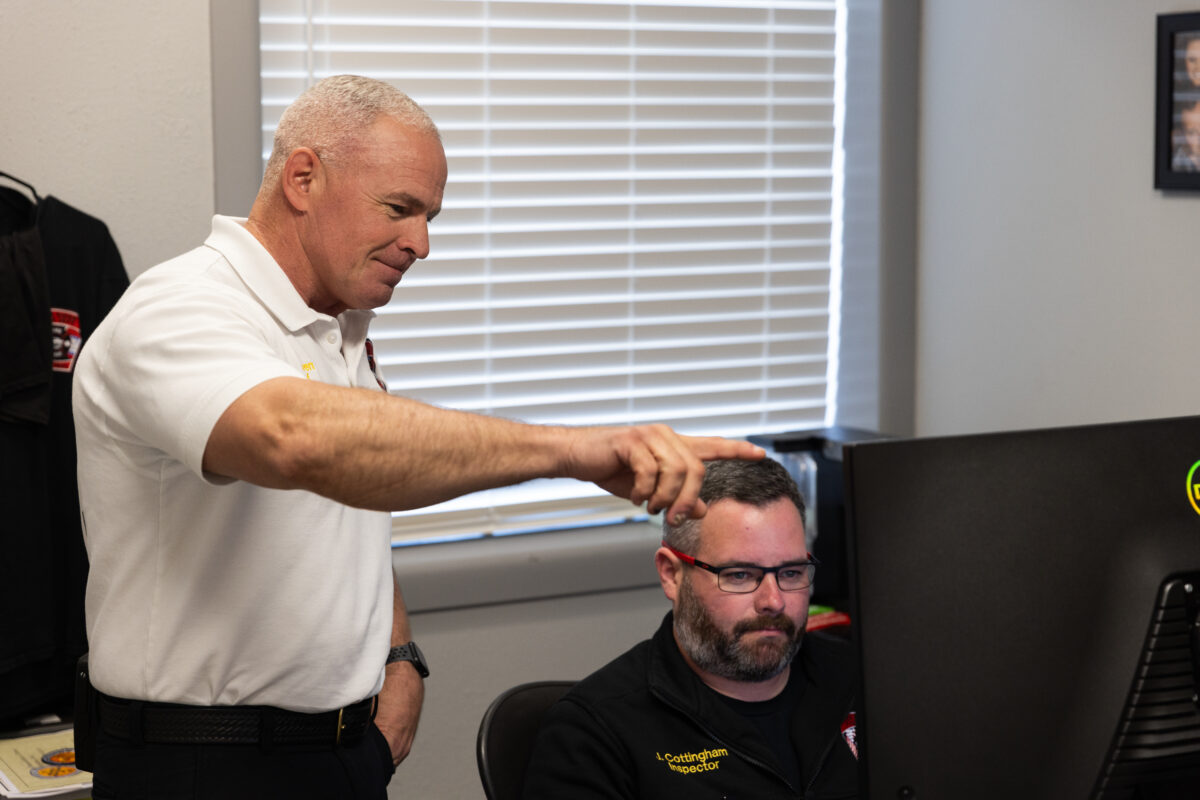
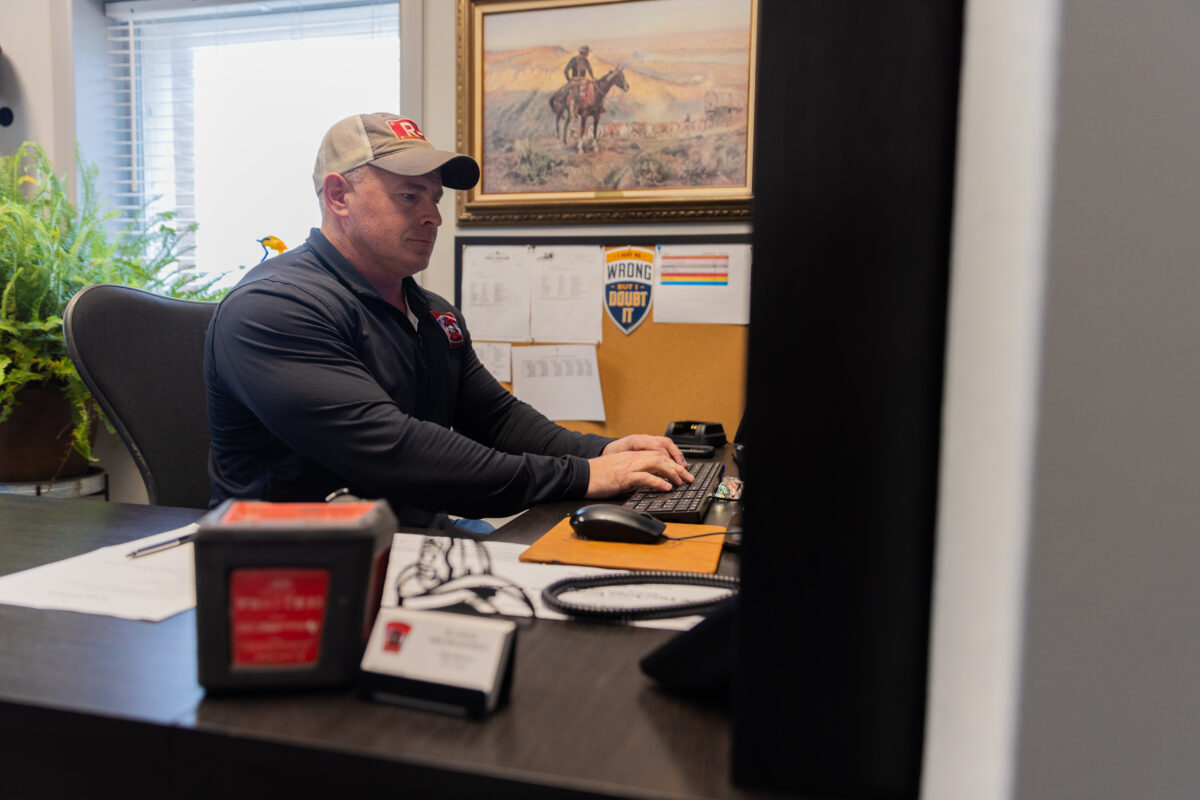
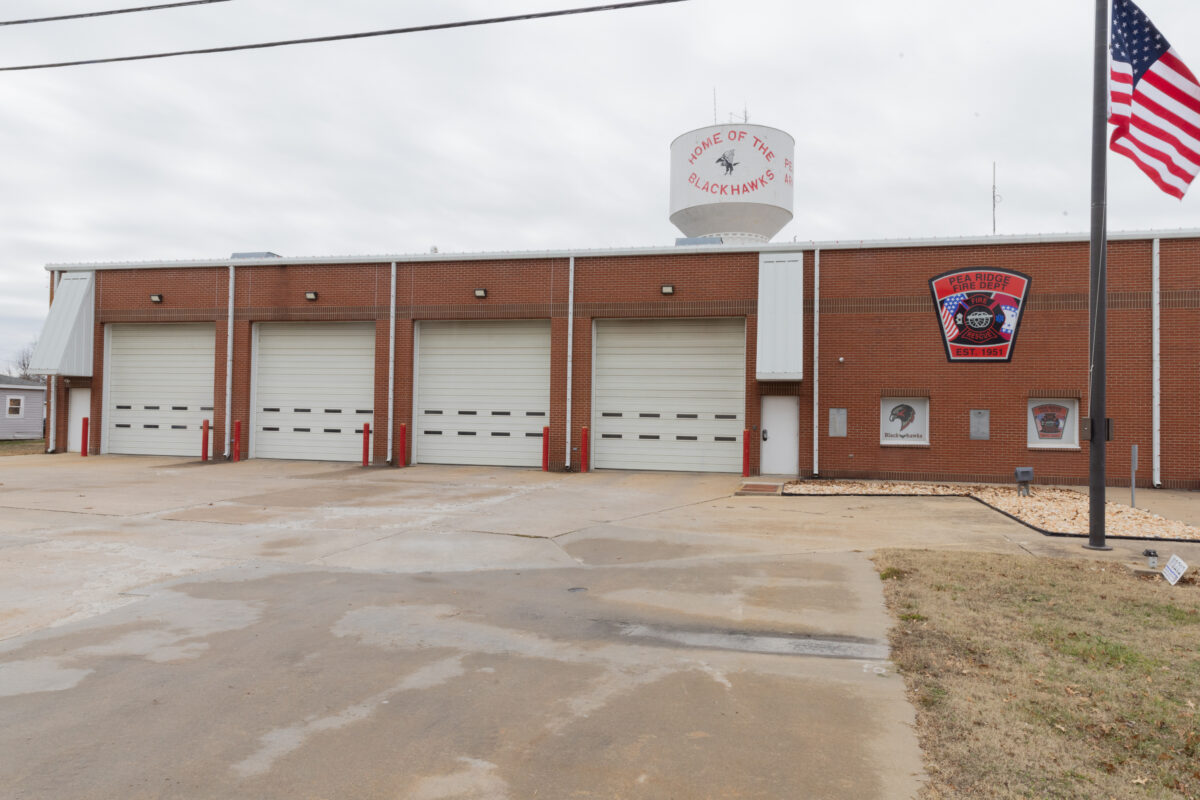

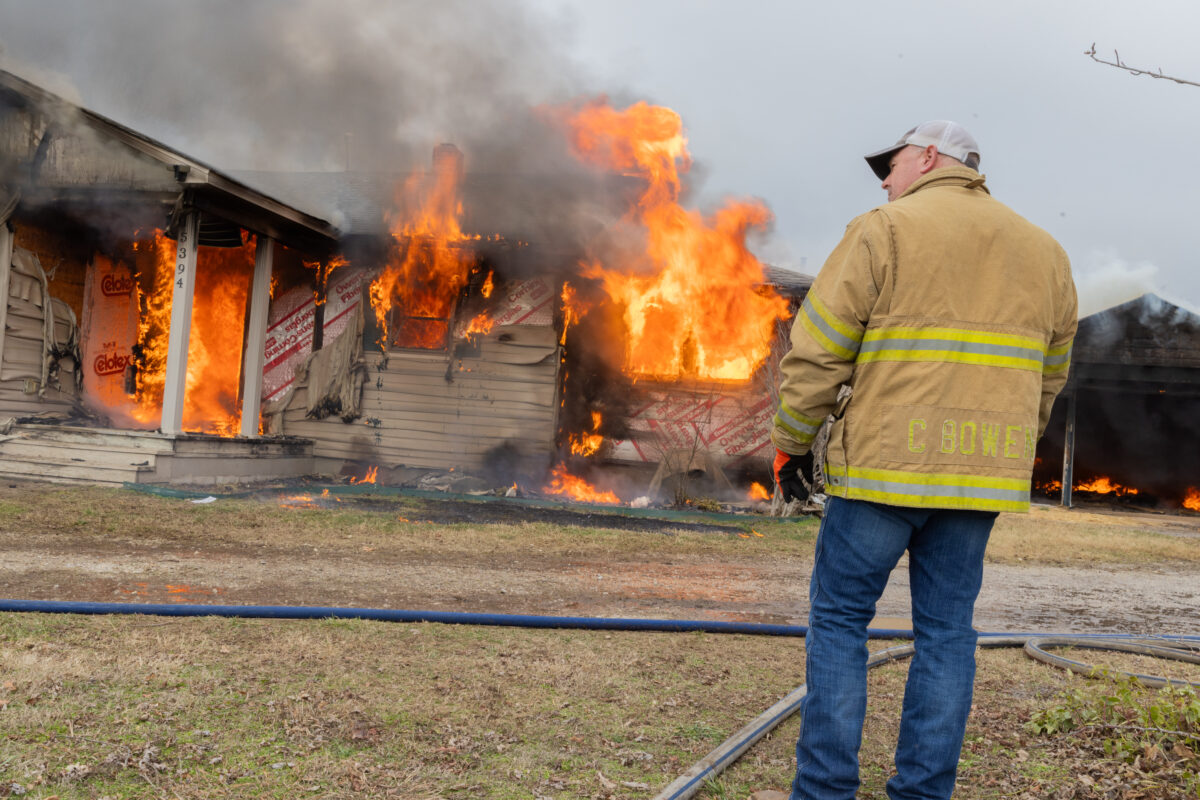
He also keeps a list of Insurance Services Office requirements posted near his desk. Meeting ISO standards not only improves fire department readiness but helps residents lower insurance rates.
“This is our first year since I’ve been here that every shift has met that level of standards,” he said.
On the day we visited, Bowen was leading a multi-department training session, including several younger firefighters. He stressed the importance of live fire training: “It puts them in realistic conditions where they have to think, react and manage anxiety. That experience is invaluable.”
Physical readiness is another priority. Bowen implemented a mandatory fitness program requiring an hour of daily physical training.
“People call us because they need something they can’t do themselves,” he said. “We can’t show up in worse shape than the person who called us.”
Community involvement is also central to Bowen’s leadership. He regularly holds roundtable meetings with Pea Ridge’s mayor and residents to share updates and hear concerns. One major development: A new fire station is currently in the works.
“IT JUST ALWAYS FELT LIKE I WAS HELPING SOMEBODY, AND AT
THE END OF THE DAY, THAT’S PROBABLY WHAT I KNEW I WANTED
TO DO — JUST HELP PEOPLE.” – Clint Bowen, Pea Ridge Fire Chief.
Despite the city’s rapid growth, Bowen takes pride in keeping fire dues unchanged.
“Just because we’re booming doesn’t mean folks out in the rural parts of the county — who’ve owned their homes for 50 years — are making more money,” he said. “We’re always mindful of the budget.”
Having served under several fire chiefs before stepping into the role, Bowen understands the importance of clear communication.
“When you’re upfront and honest with people, it sets you up for success down the road,” he said.
As a rural fire chief in a growing region, Bowen still reflects on the values 4-H instilled in him.
“You meet someone who reminds you of your mom or grandma — you can do everything to treat them, but the best thing is just to hold their hand and let them know you’re doing everything you can for them,” he said. “Those are the folks I get the greatest satisfaction in serving.